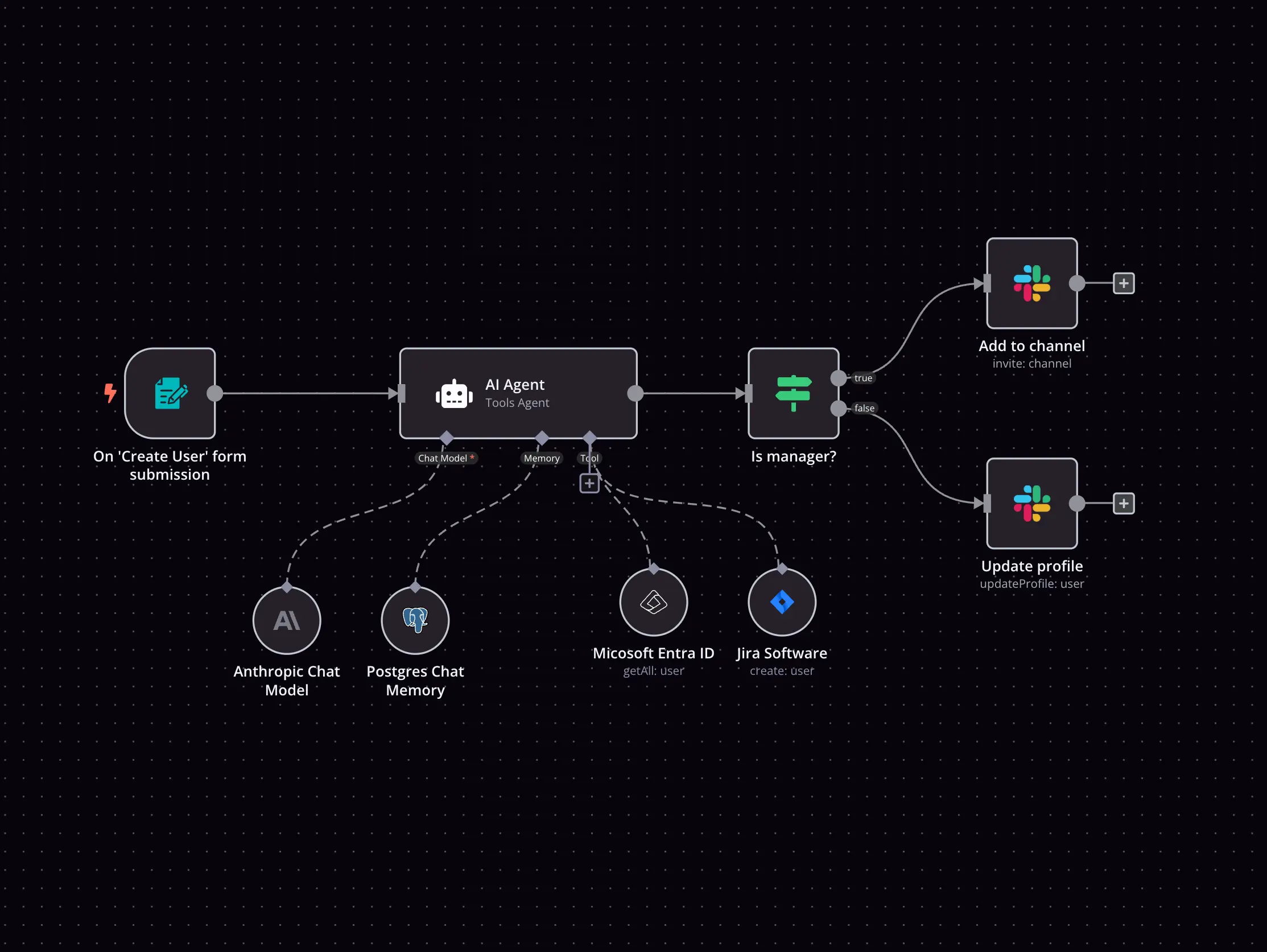Cloudinary and F5 Big-IP integration




How to connect Cloudinary and F5 Big-IP
Create a new workflow and add the first step
In n8n, click the "Add workflow" button in the Workflows tab to create a new workflow. Add the starting point – a trigger on when your workflow should run: an app event, a schedule, a webhook call, another workflow, an AI chat, or a manual trigger. Sometimes, the HTTP Request node might already serve as your starting point.
Build your own Cloudinary and F5 Big-IP integration
Create custom Cloudinary and F5 Big-IP workflows by choosing triggers and actions. Nodes come with global operations and settings, as well as app-specific parameters that can be configured. You can also use the HTTP Request node to query data from any app or service with a REST API.
Supported API Endpoints for Cloudinary
Create asset
Creates new assets in the Cloudinary account.
Delete assets
Delete assets with Node.
Upload assets
Upload assets with the CLI.
List assets
Retrieve a list of all assets.
Update assets
Update the details of an existing asset.
Delete assets
Remove an existing asset.
Rename assets
Change the name of an existing asset.
Relate assets
Establish a relationship between assets.
Search for assets
Perform a search to find specific assets.
Analyze assets
Perform analysis on the specified assets.
Rename assets
Changes the name of a specified asset.
Moderate assets
Moderates the specified assets based on custom rules.
Restore deleted assets
Restores assets that were deleted.
Invalidate cache for assets
Invalidate cached assets to ensure the latest versions are served.
Upload assets in Node.js
Tutorial for uploading assets using Node.
Upload multiple files in Node.js
Guide for uploading multiple files with Node.
Upload videos in Node.js
Tutorial for uploading videos using Node.
Upload images in Python
Guide for uploading images using Python SDK.
Upload videos in Python
Tutorial for uploading videos using Python SDK.
Upload Widget
Overview of the Upload Widget functionality.
Get transformation reference
Retrieve the transformation reference details.
Get upload API reference
Retrieve the image upload API reference details.
Get admin API
Retrieve the admin API reference details.
Get provisioning API
Retrieve the provisioning API reference details.
Get analyze API
Retrieve the analyze API reference details.
Get live streaming API
Retrieve the live streaming API reference details.
Generate upload signature
Generates a signature for uploading assets.
Find your credentials
Steps to locate your Cloudinary credentials.
Enable automatic backups
Enables automatic backups for your media assets.
Restore asset versions
Restores specific versions of assets.
Manage custom metadata
Manage custom metadata for assets to enhance organization and searchability.
Live streaming (Beta)
Provides capabilities for live video streaming.
Upload API
API for uploading images and videos to Cloudinary.
Provisioning API
API for user provisioning in Cloudinary.
List images in Next.js
Tutorial for listing images in a Next.
To set up Cloudinary integration, add the HTTP Request node to your workflow canvas and authenticate it using a generic authentication method. The HTTP Request node makes custom API calls to Cloudinary to query the data you need using the API endpoint URLs you provide.
These API endpoints were generated using n8n
n8n AI workflow transforms web scraping into an intelligent, AI-powered knowledge extraction system that uses vector embeddings to semantically analyze, chunk, store, and retrieve the most relevant API documentation from web pages. Remember to check the Cloudinary official documentation to get a full list of all API endpoints and verify the scraped ones!
Supported API Endpoints for F5 Big-IP
Get Virtual Servers
Fetches a list of all virtual servers.
Create Virtual Server
Creates a new virtual server.
Get Virtual Server
Fetches a specific virtual server by ID.
Update Virtual Server
Updates a specific virtual server by ID.
Delete Virtual Server
Deletes a specific virtual server by ID.
Get Pools
Fetches a list of all pools.
Create Pool
Creates a new pool.
Get Pool
Fetches a specific pool by ID.
Update Pool
Updates a specific pool by ID.
Delete Pool
Deletes a specific pool by ID.
Get Nodes
Fetches a list of all nodes.
Create Node
Creates a new node.
Get Node
Fetches a specific node by ID.
Update Node
Updates a specific node by ID.
Delete Node
Deletes a specific node by ID.
Get Monitors
Fetches a list of all monitors.
Create Monitor
Creates a new monitor.
Get Monitor
Fetches a specific monitor by ID.
Update Monitor
Updates a specific monitor by ID.
Delete Monitor
Deletes a specific monitor by ID.
To set up F5 Big-IP integration, add the HTTP Request node to your workflow canvas and authenticate it using a predefined credential type. This allows you to perform custom operations, without additional authentication setup. The HTTP Request node makes custom API calls to F5 Big-IP to query the data you need using the URLs you provide.
See the example hereThese API endpoints were generated using n8n
n8n AI workflow transforms web scraping into an intelligent, AI-powered knowledge extraction system that uses vector embeddings to semantically analyze, chunk, store, and retrieve the most relevant API documentation from web pages. Remember to check the F5 Big-IP official documentation to get a full list of all API endpoints and verify the scraped ones!
Cloudinary and F5 Big-IP integration details
The SOAR platform you want
Mountains of monotonous tasks make building and monitoring your workflows a chore. Not anymore.
Learn more
Save engineering resources
Reduce time spent on customer integrations, engineer faster POCs, keep your customer-specific functionality separate from product all without having to code.
FAQ
Can Cloudinary connect with F5 Big-IP?
Can I use Cloudinary’s API with n8n?
Can I use F5 Big-IP’s API with n8n?
Is n8n secure for integrating Cloudinary and F5 Big-IP?
How to get started with Cloudinary and F5 Big-IP integration in n8n.io?
Looking to integrate Cloudinary and F5 Big-IP in your company?
The world's most popular workflow automation platform for technical teams including
Why use n8n to integrate Cloudinary with F5 Big-IP
Build complex workflows, really fast
